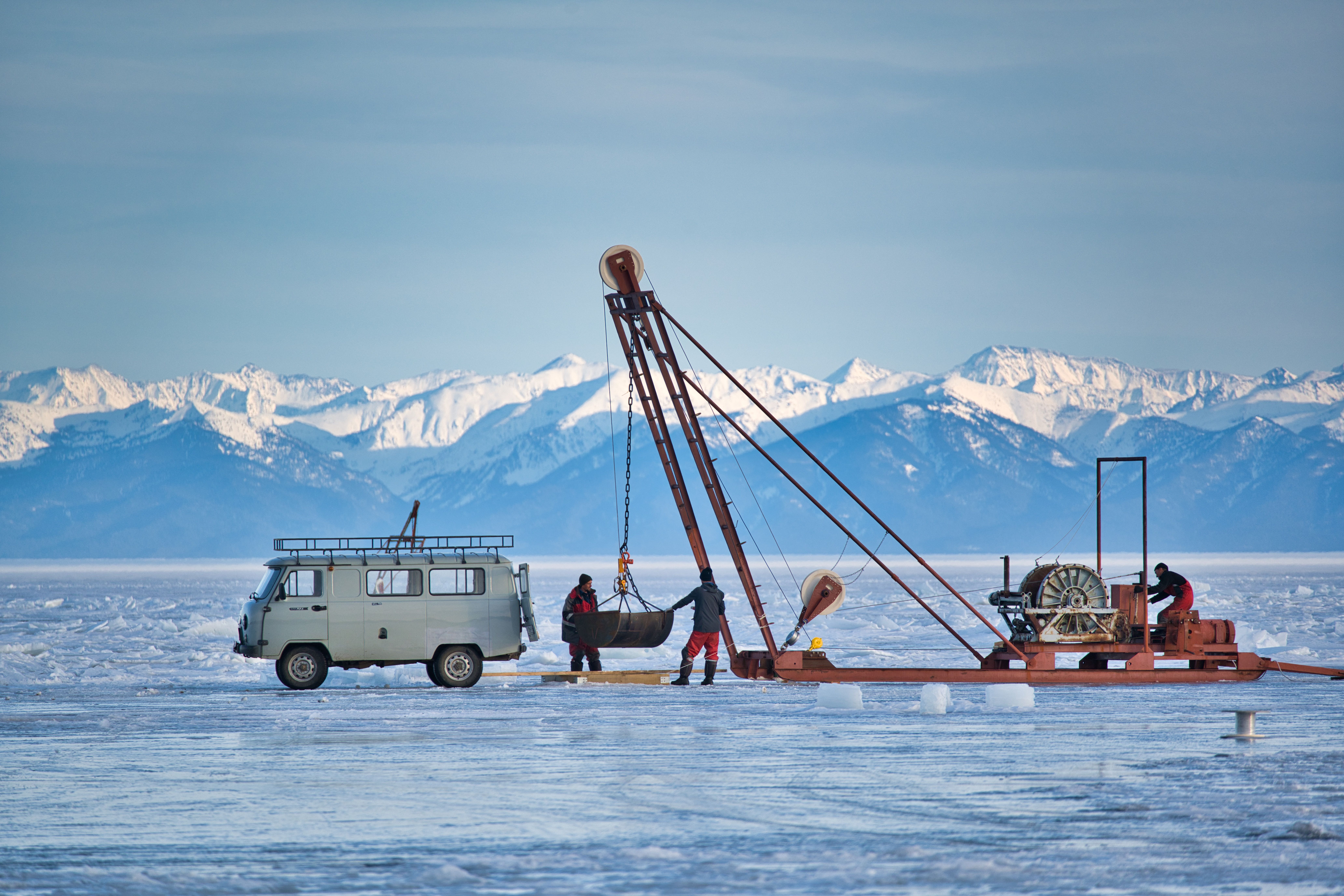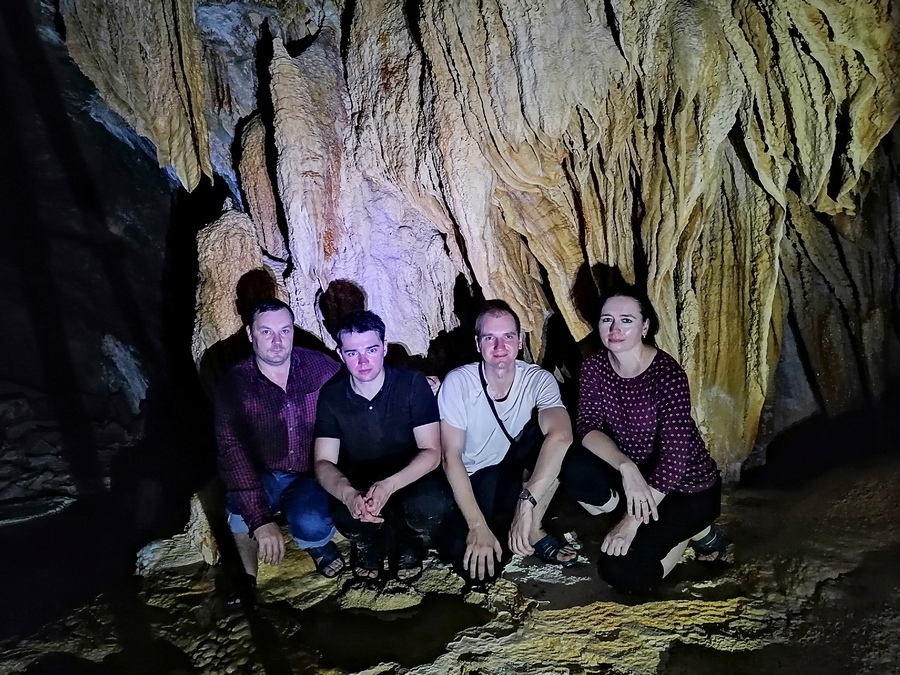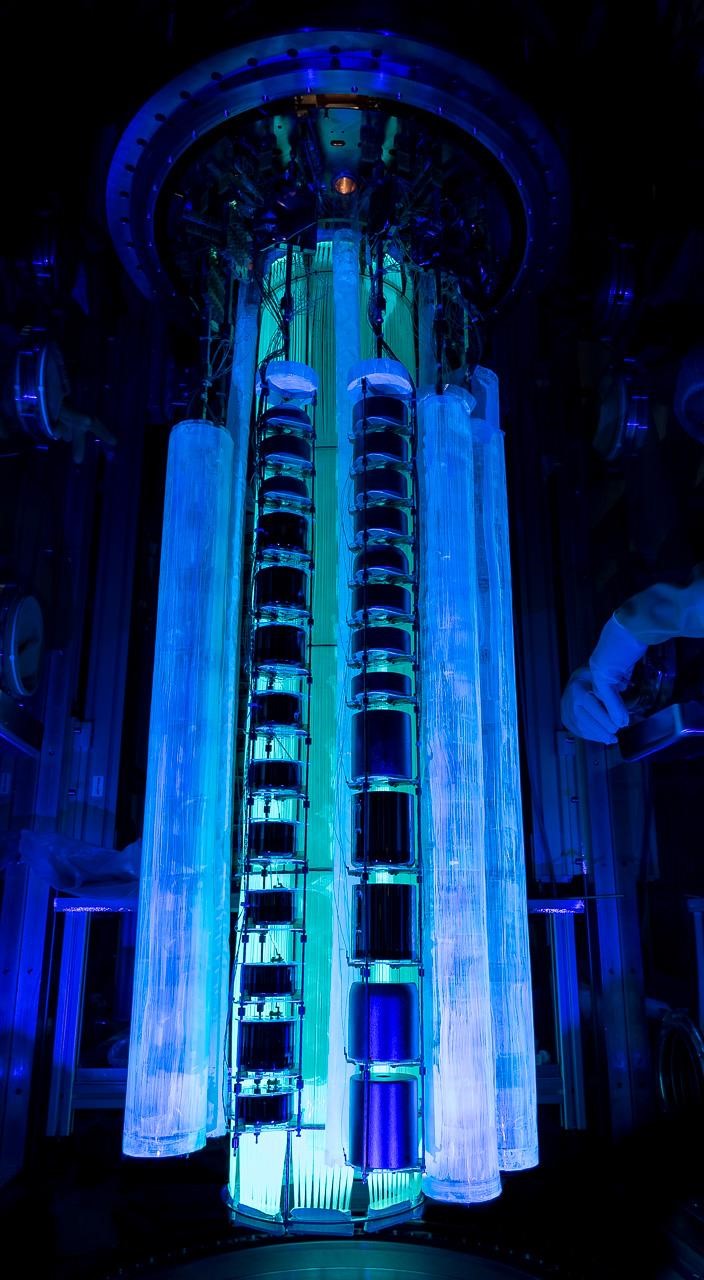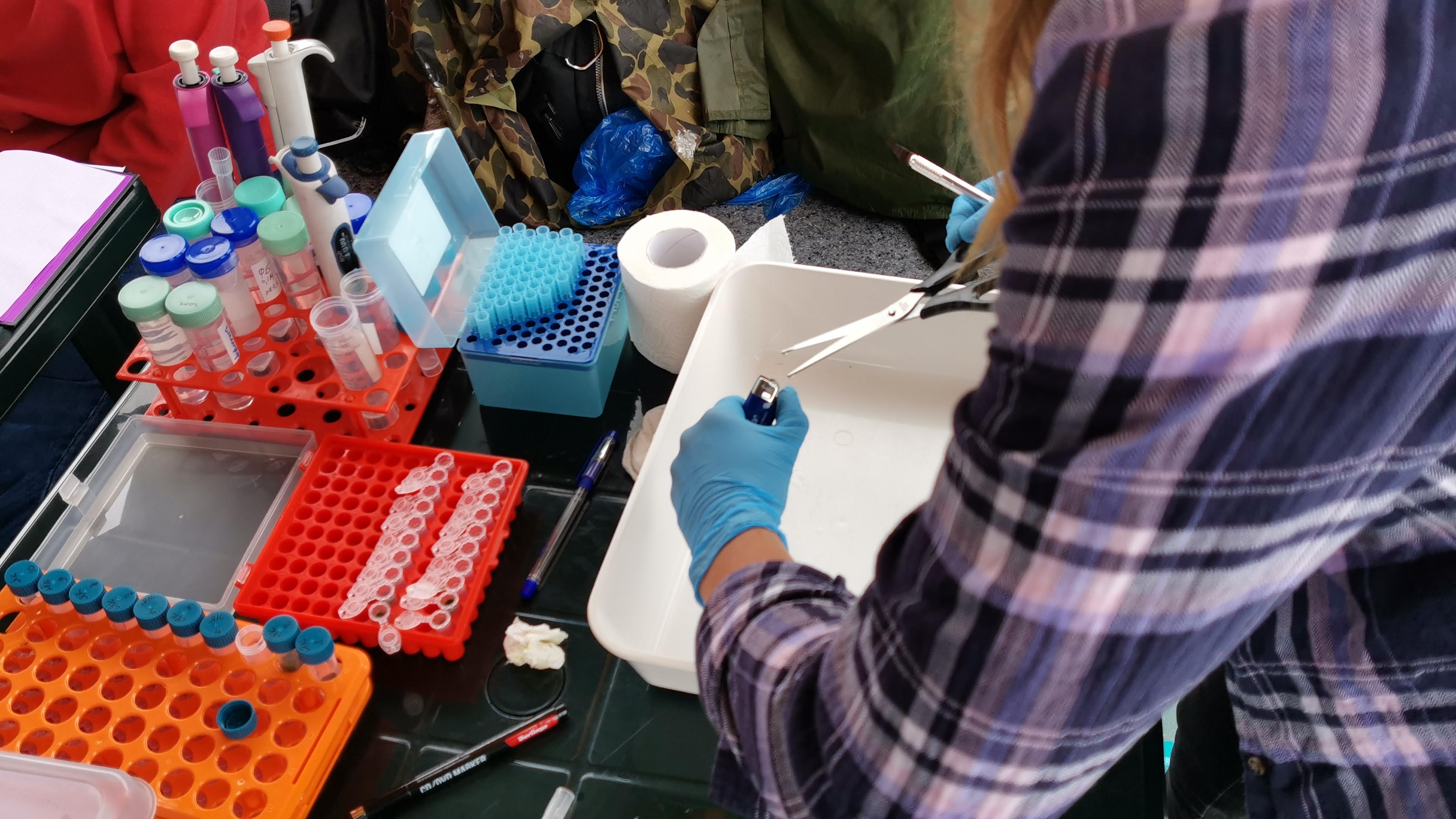The GERDA Experiment: Another Milestone in the Search for Neutrinoless Double-Beta Decay
The results on the search for the neutrinoless double-beta (0νββ) decay of 76Ge in the GERDA (GERmanium Detector Array) experiment have been published in the recent issue of Physical Review Letters. Moreover, the paper has been selected to be a PRL Editors' Suggestion. No signal has been observed, but all goals of the final phase of the experiment have been achieved.
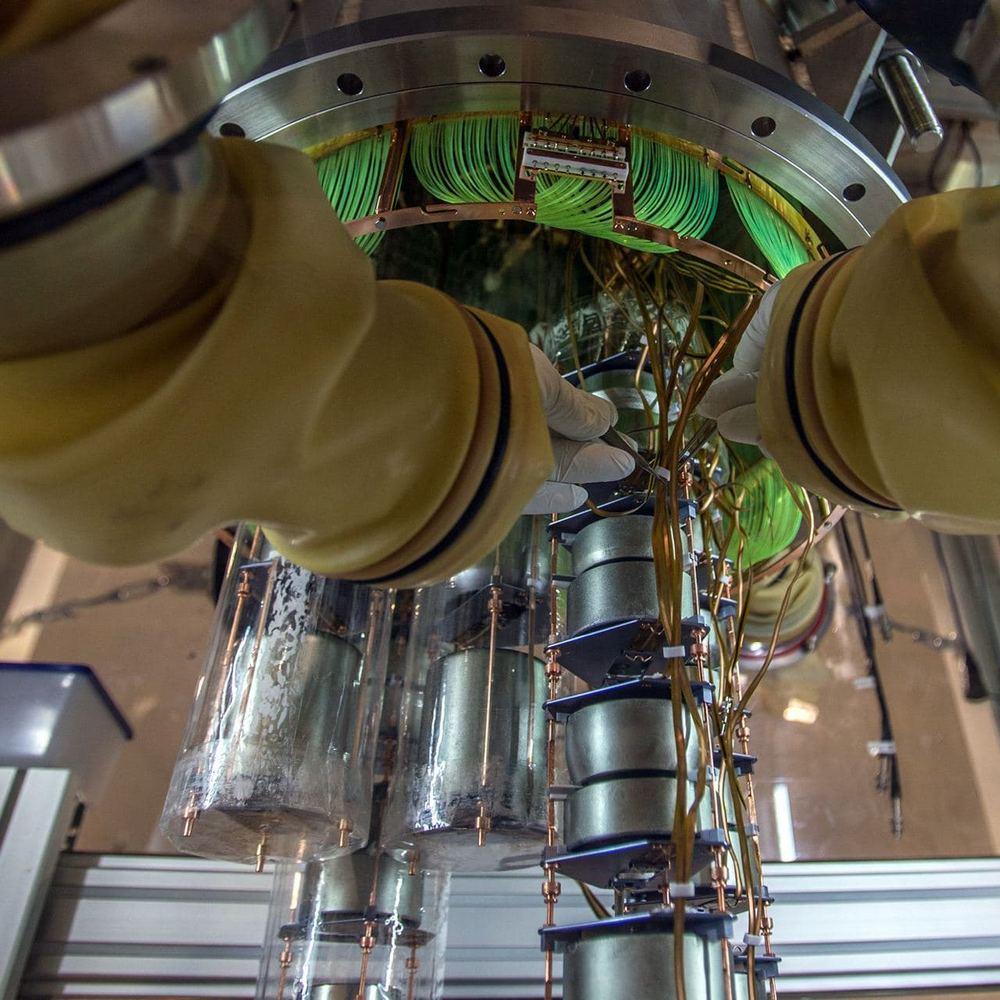
 The lower limit for the 0νββ half-life reported to be 1,8·1026 yr coincides with the expected value for the sensitivity of the experiment. A more stringent value for the decay of any 0νββ isotope has never been measured before. Similarly, the reported background rate of 5.2·10-4 counts/(keV·kg∙yr) in the signal region is second to none in the field, demonstrating the feasibility of a background-free experiment at high exposure and providing the foundation for a next generation experiment with significantly higher sensitivity.
The lower limit for the 0νββ half-life reported to be 1,8·1026 yr coincides with the expected value for the sensitivity of the experiment. A more stringent value for the decay of any 0νββ isotope has never been measured before. Similarly, the reported background rate of 5.2·10-4 counts/(keV·kg∙yr) in the signal region is second to none in the field, demonstrating the feasibility of a background-free experiment at high exposure and providing the foundation for a next generation experiment with significantly higher sensitivity.
The hypothetical 0νββ decay is a process beyond the Standard Model of Particle Physics: two neutrons within a nucleus 76Ge in our case, transform simultaneously into two protons and two electrons ('beta particles') without the common emission of two anti-neutrinos. Its detection would have profound implications for particle physics and cosmology: establishment of Lepton Number Violation and the Majorana nature of neutrinos, i.e. the identity of neutrinos and anti-neutrinos, access to the neutrino mass scale and an important clue for understanding why there is so much more matter than anti-matter in the Universe.
More than 50 years ago, Lepton Number Violation was the objective of the first 0νββ decay search with a 0.1 kg Ge detector chosen by a Milano group because of its outstanding intrinsic energy resolution. Since then, the sensitivity has been increased by a factor of one million. Essential to this track record is the continuous increase in the mass of the detector, which is simultaneously the source of the decay, and the corresponding incessant reduction of the background in the signal region through running the experiments deep-underground to decrease the background from cosmic rays, on the one hand, and increasing the 76Ge isotope fraction from 7.8% in the natural Ge detectors to almost 90% via enrichment, on the other.
The GERDA experiment has been running since 2011 at the Laboratori Nazionali del Gran Sasso of INFN, Italy, below a rock overburden of 3500 m water equivalent. In its final phase GERDA deployed 41 germanium detectors with a total mass of 44.2 kg and a 76Ge enrichment of 86-88%. Pioneering features are the key to progress: unlike the case in previous experiments, the Ge detectors are operated without encapsulation in a cryostat of ultrapure liquid argon (LAr) immersed in an instrumented water tank that serves as a protective barrier against photons, neutrons and muons. Liquid argon provides both cooling and shielding; furthermore, it helps to reduce the amount of structural materials, which still contain trace concentrations of radioactive contaminants despite careful screening. For active shielding, LAr is instrumented with light detectors that can indicate whether a signal in the Ge detectors arises from radioactive background. Similar information can be gained from the time profile of the Ge detector signals.
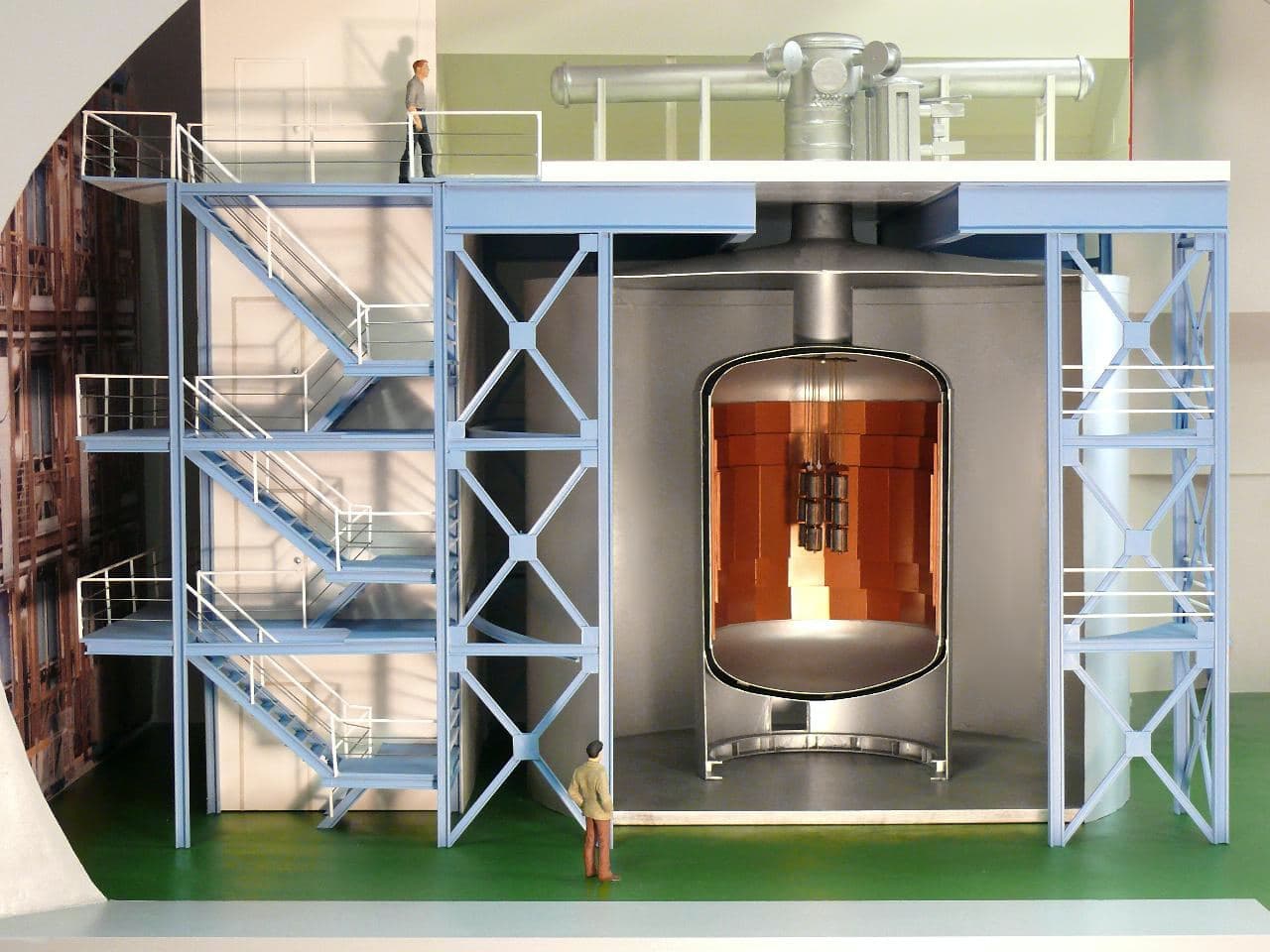 The GERDA collaboration has deployed detectors of novel design and developed new analysis tools in order to take full advantage of this background suppression technique. The GERDA experience shows that further background reduction is possible and thus a background-free large-scale experiment is feasible. Its implementation has already been started within the LEGEND collaboration. The 0νββ decay half-life sensitivity is intended to be increased to 1028 yr. In the first phase, it will deploy 200 kg of enriched Ge detectors in the slightly modified GERDA infrastructure. Data taking is due to begin in 2021.
The GERDA collaboration has deployed detectors of novel design and developed new analysis tools in order to take full advantage of this background suppression technique. The GERDA experience shows that further background reduction is possible and thus a background-free large-scale experiment is feasible. Its implementation has already been started within the LEGEND collaboration. The 0νββ decay half-life sensitivity is intended to be increased to 1028 yr. In the first phase, it will deploy 200 kg of enriched Ge detectors in the slightly modified GERDA infrastructure. Data taking is due to begin in 2021.
1. https://journals.aps.org/prl/abstract/10.1103/PhysRevLett.125.252502 (GERDA collaboration, Phys. Rev. Lett. 125 (2020) 252502)
2. https://inspirehep.net/literature/51346 (E. Fiorini et al., Phys. Lett. 25B (1967) 602-603)
Konstantin Gusev
Candidate of Physics and Mathematics, a DLNP senior researcher
Photo by Yury Suvorov.



